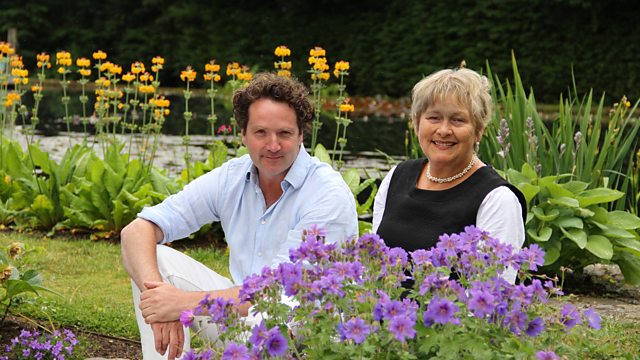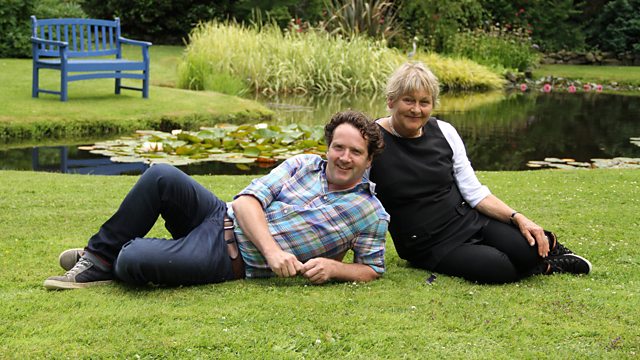Great British Garden Revival episode 9: Toby Buckland wants to put homegrown fruit back into Britain’s gardens. On his revival he meets a fruit tree conservationist who rescues species that are close to extinction, as well as a family in Kent whose passion for fruit has resulted in the creation of the largest collection of different fruit trees in the country. Toby gives his tips and advice on how easy it can be to plant and care for fruit trees. He shows how to cordon a pear tree, prune espaliered apple trees and the best ways to store the results of the autumn harvest.
Christine Walkden gets behind the Victorian craze for ornamental bedding. On her campaign she meets the passionate people working hard to keep this gardening heritage alive. She discovers the innovations in plant breeding which are breathing new life into bedding, and in Bournemouth she finds out how the council are encouraging the local people and visitors alike to develop a taste for ornamental bedding, with their edible displays. Throughout the show Christine shares her tips and advice – she shows how to create a portable carpet bed and how to grow one of the most popular bedding plants, the geranium, from cuttings.
Great British Garden Revival episode 9
Bedding, in horticulture, refers to the temporary planting of fast-growing plants into flower beds to create colourful, temporary, seasonal displays, during spring, summer or winter. Plants used for bedding are generally annuals, biennials or tender perennials; succulents are gaining in popularity.
Some bedding plants are also referred to as “patio plants” because they are widely used in pots and other containers positioned on patios, terraces, decking and other areas around houses. Larger tender “conservatory plants” may also be moved out from greenhouses or conservatories and planted out in borders (or stood in their pots in sheltered positions) for the warmer months, then returned to shelter for the winter.
The modern bedding plant industry breeds and produces plants with a neat, dwarf habit, which flower uniformly and reliably. They are bred primarily for use in large-scale bedding schemes where uniformity and predictability is of paramount importance, but this is often achieved by losing the plants’ individual character, and has been criticised by such notable plantsmen as the late Christopher Lloyd, who championed an informal style of bedding.




